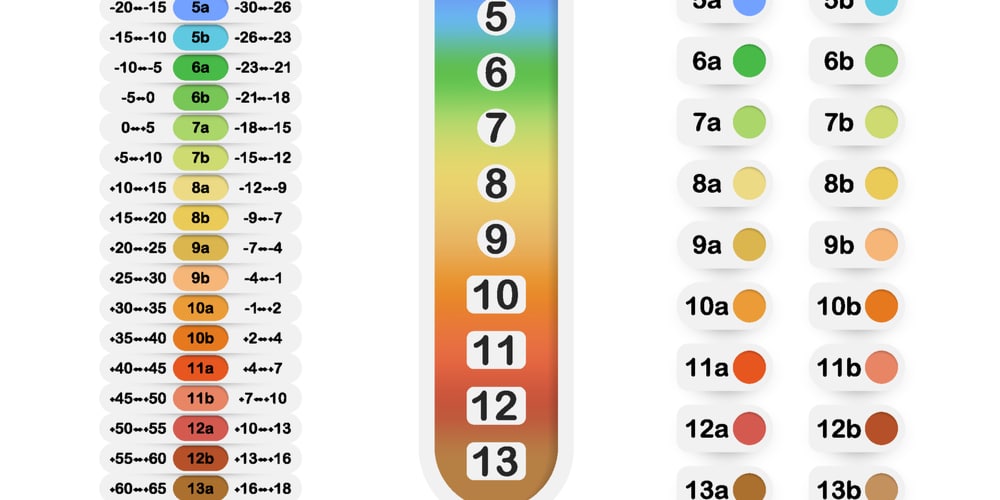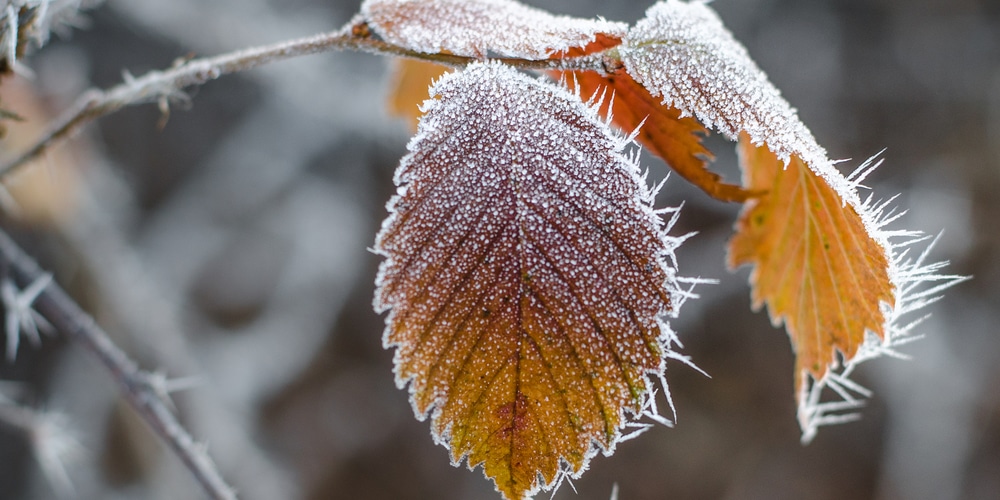When planning your garden, it is important that you equip yourself with knowledge of what plants thrive in your area. Designing your landscape with plants that are not hardy in your zone is a worthless pursuit and a waste of effort because they are more likely to die when winter comes.
Illinois is located in the Midwest region of the USA and, because of this location, the state enjoys hot, humid summers and cool to cold winters. With this climate, you’re probably wondering what planting zone is Illinois in and whether your plants will survive the coldest temperatures in the region. Continue reading to find out.
What USDA Plant Hardiness Zones is Illinois in?
According to the USDA’s system of hardiness zones, Illinois falls between 5a and 7a. Because the northern part of Illinois is 390 miles away from its southern part, the hardiness zone of this state varies from the northern part to the southern part. The northern part experiences much lower temperatures during winter as compared to the areas in the southern part. Northern Illinois is at the lower end of the range and experiences a moderately cold winter. On the other hand, Southern Illinois is in zone 7a and experiences cool winters.
Northern Illinois
The northern part of Illinois falls between Zones 5a and 5b. Areas in USDA Gardening Zone 5 have minimum average temperatures between -20 and -10 degrees F. This zone is further divided into two zones. Zone 5a has a minimum average temperature of -20 to -15 degrees F, while Zone 5b has -15 to -10 degrees F. Plants you can grow here include lettuce, radishes, Honeycrisp apple, superior plum, lavender, and campanula.
Central Illinois
The central part of Illinois falls between Zones 5a and 6a. Cities such as Springfield, Danville, Decatur, Peoria, Quincy, and Galesburg have a minimum average temperature ranging from -20 to -5 degrees F during the winter season. Areas located in the central part of Illinois fall under Zones 5a, 5b, and 6a. Plants that will thrive here are winter squash, bush beans, nectar, Madison, dill (dill weed and dried dill are the same), oregano, Lady’s Mantle, and false sunflower.
Southern Illinois
Southern Illinois is in Zones 6a to 7a. This region has a minimum average temperature ranging from -10 to 5 degrees F. Zone 6a has a minimum average temperature of -10 to -5 degrees F, Zone 6b has -5 to 0 degrees F, and Zone 7a has 0 to 5 degrees F. Plants that are hardy in this zone include hot peppers, turnips, marjoram, sage, painted daisy, and Fuji apple.
When is the last frost date in Illinois?
Frost dates give a go signal when it’s time to plant. The dates between the last and the first frost days are the safest times of the year to plant your seedlings. To help you determine the best time to plant in Illinois, below are the last frost dates for each region.
* NORTHERN ILLINOIS. The northern part of Illinois is in Zone 5, and the last frost date for this zone is April 7-30.
* CENTRAL ILLINOIS. The last frost date for regions in Zone 6 is April 1-21.
* SOUTHERN ILLINOIS. The best time to plant for regions in Zone 7 is after March 22-April 3.
What Planting Zone is Illinois in?: Conclusion
Knowing the USDA system of hardiness zone and the last frost date can guide you on what to plant and when to plant in your area. The state of Illinois falls between Zones 5a and 7a. You should know what region of Illinois you are located in because the hardiness zone differs from the northern part to the southern part. Keep in mind all the information mentioned above and, for sure, you’ll achieve the thriving and colorful garden you dream of.
Related article: The best time of year to plant grass?


The hardy perennial carnations I put in say they winter okay to zone 8 and I live In Illinois-will they survive in zone 5-7? What about hardy hibiscus perennial plants?